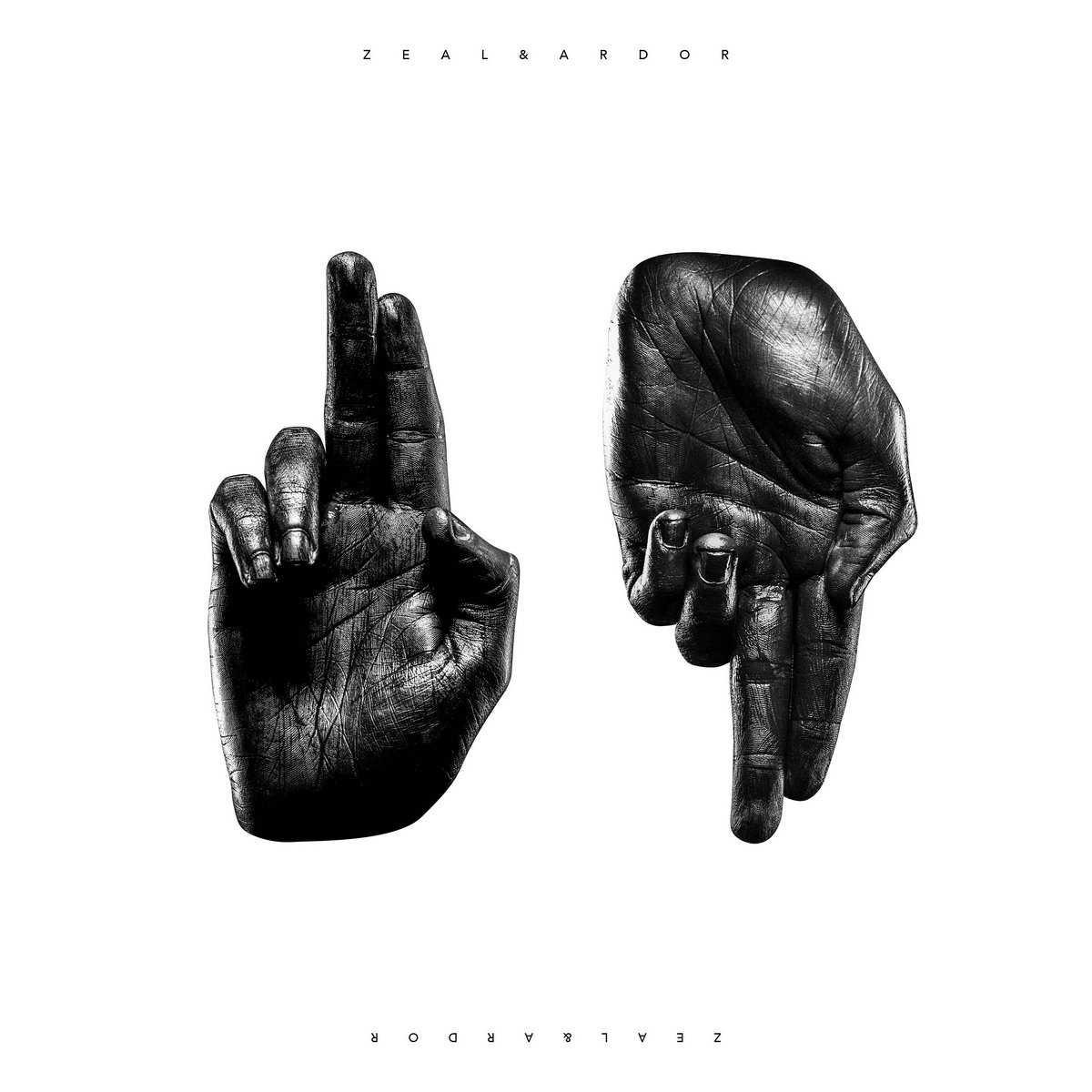Zeal & Ardor
Zeal & Ardor
MVKA
ABOVE THE CURRENT
Initially started by Manuel Gagneux as a response to a racist challenge on 4chan to mix black metal with “n*gger music,” Zeal & Ardor has since taken on a life and meaning all of its own, creating an alternate history of Black people in the United States. 2016’s Devil Is Fine was the immediate reply to that online dare—a haunting and harrowing examination of life in captivity, but with a conceptual twist that pondered what would have happened had American slaves turned to Satan instead of God. Its successor, 2018’s Stranger Fruit, focused on the subsequent escape from forced servitude. This third album continues the narrative, exploring that hypothetical life on the run.
Part-Swiss, part-American, part-white, part-Black, Gagneux’s music is as much a real-life investigation into his heritage as it is a twisted fiction. It doesn’t erase the past but instead alters it drastically—letting the Devil wreak revenge for centuries of trauma and abuse, persecution and oppression. And rightly so. While that first record sounded deliberately unrefined and primal—incorporating African-American spirituals and the use of chains and shackles as percussion into the folds of its blistering black metal—Gagneux began to incorporate more synthetic and sophisticated sounds into his songs, bringing them more in line with the music of the present day. It’s perhaps fair to say that, sonically at least, these songs step both further into the future while reasserting the gruesome events of the past.
The eponymous opener serves both as a chance for Gagneux to redefine and reassert his mission with Zeal & Ardor. A deeply disturbing song that could soundtrack the Devil emerging from the bowels of hell for the start of Armageddon, it gives way to “Run”—a blistering, off-kilter black metal anthem that makes Marilyn Manson’s most evil songs sound like nursery rhymes. “Where’s your fucking God when you’re about to rot?” screams Gagneux, perhaps taking on the role of the Devil himself. “Where’s your messiah when times are dire?”
It’s not a question that this album answers, but it’s not really meant to. The importance is in the question itself, not least in the context of what’s happened to Black Americans in much more recent memory as well as throughout history. Despite its imagined narrative, Zeal & Ardor is as much a response to what’s happened in the U.S. since George Floyd’s murder as it is to the systemic oppression that’s been in place for centuries.
There’s some warmth and solace in the Spaghetti Western menace of “Golden Liar” and the righteous, gospel/metal mash-up of “Church Burns”—a song as powerful as its title suggests. Needless to say, there’s a formidable weight and intensity to both the themes of this record and the music that soundtracks it, though that’s diminished ever so slightly by the experimental final two songs. “J-M-B”—which stands for “jazz metal blues”—sees Gagneux put jazz chords to metal, while “A-H-I-L” is a synthesizer-based track that, oddly, channels John Carpenter, and which feels very out of place. Still, even that slight tail-off can’t take away from the importance and significance of what this album does or is, nor the unique phenomenon that Gagneux has crafted with Zeal & Ardor.







